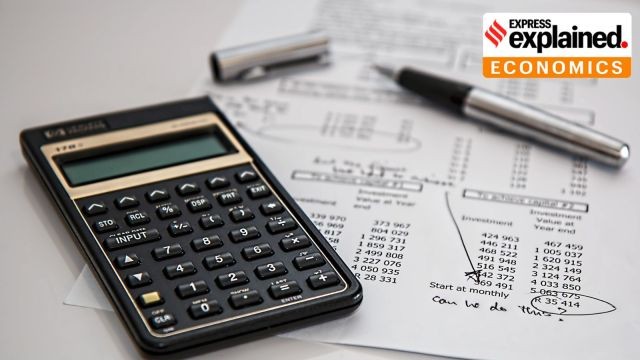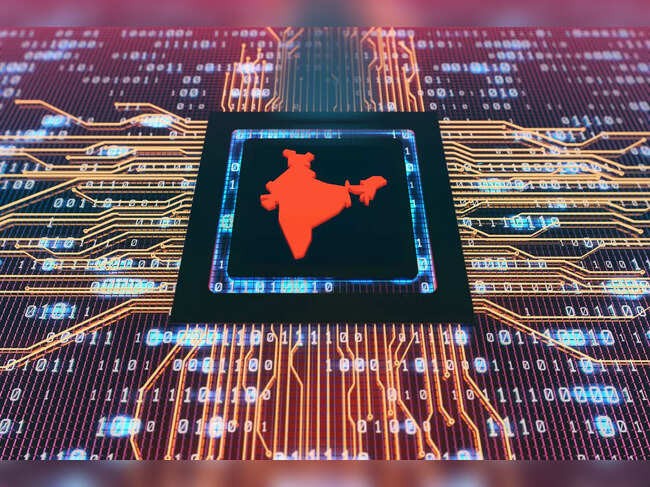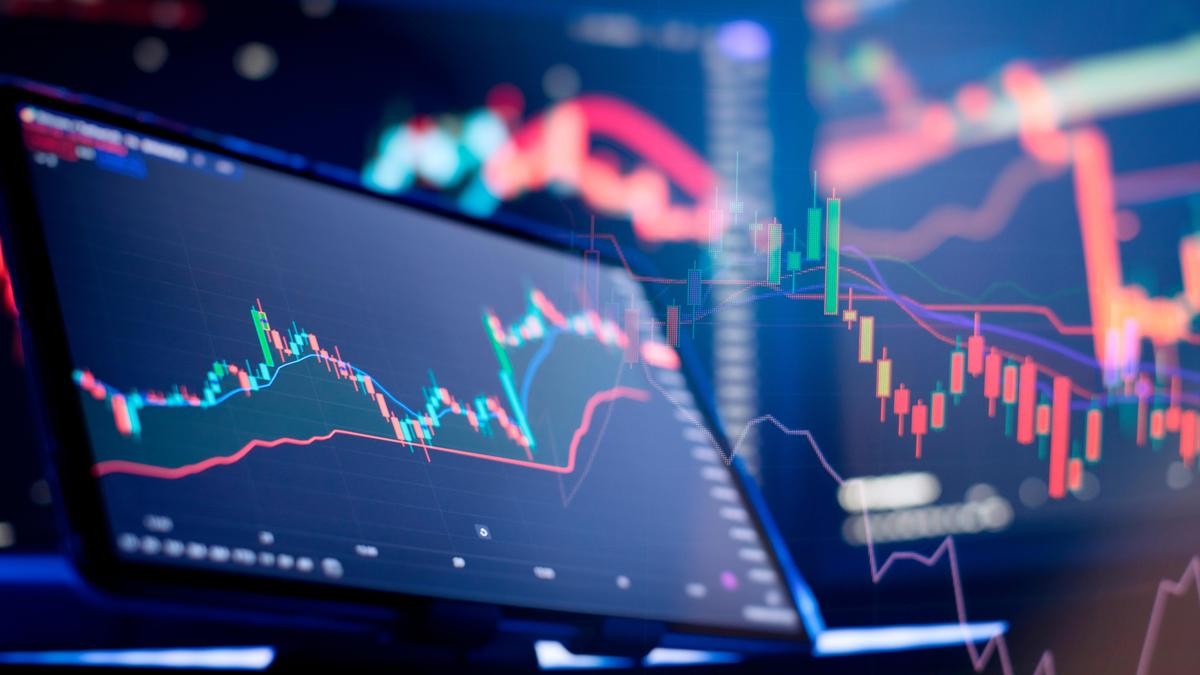



The RBI is conducting its largest-ever $10 billion dollar-rupee swap auction to inject rupee liquidity amid a severe banking deficit, counter depreciation, and effectively bolster forex reserves. Banks sell dollars to RBI and repurchase them after three years with a premium, stabilizing credit flow while addressing liquidity and market volatility.

Copyright infringement not intended
Picture Courtesy: INDIAN EXPRESS
The Reserve Bank of India (RBI) is conducting its largest-ever $10 billion dollar-rupee buy-sell swap auction to address a severe liquidity crunch in the banking system, stabilize the rupee, and maintain foreign exchange reserves.
Mechanism:
First Leg (Buy): Banks sell US dollars to the RBI at the Financial Benchmarks India Private Ltd (FBIL) Reference Rate on the auction date. The RBI credits the equivalent rupee amount to the banks' accounts and receives the dollars in its nostro account. This leg injects rupee liquidity into the banking system.
|
A nostro account refers to a bank account held in a foreign country by a domestic bank, denominated in the currency of the overseas country. |
Second Leg (Sell): At the end of the swap period (in this case, 3 years), banks repurchase the US dollars from the RBI by returning the rupee funds they initially received, along with a predetermined swap premium. This reverses the initial liquidity injection, but over a longer timeframe.
Impact
Liquidity Injection: Addresses the Rs 1.7 lakh crore liquidity deficit as of February 20, 2025. Banks gain predictable cash flows for forex management and liquidity planning.
Rupee Stabilization: Mitigates volatility caused by foreign fund outflows, promoting investor confidence.
Forex Reserve Efficiency: Enhances RBI’s dollar reserves without relying solely on open-market dollar sales .
Large-scale swaps can have implications for the RBI's foreign exchange reserves management.
Effectiveness of the swap can be influenced by global market conditions, capital flows, and interest rate differentials.
Market response to the swap auction is not guaranteed and could lead to unintended currency speculation if not strategically executed.
Swaps provide temporary relief, but structural reforms in the financial system might be necessary to address the root causes of liquidity issues for a durable solution.
RUPEE IS FALLING AGAINST DOLLAR
Source:
|
PRACTICE QUESTION Q.Consider the following statements regarding Buy-Sell Swaps conducted by the Reserve Bank of India (RBI):
How many of the above statements are correct? A) Only one B) Only two C) Only three D) All four Answer: C Explanation: Statement 1 is correct: This is the fundamental definition of a buy-sell swap. The RBI engages in a simultaneous transaction of buying a security with a commitment to sell it back at a future date and price. This is essentially a short-term loan of funds against securities. Statement 2 is correct: Buy-sell swaps are indeed a key instrument for short-term liquidity management by the RBI. They are used to inject liquidity into the market for a specific period, typically to address temporary mismatches in liquidity. Statement 3 is incorrect: The interest rate in a buy-sell swap is not typically linked to the reverse repo rate. Instead, it is more closely aligned with the repo rate. In a buy-sell swap, the RBI is injecting liquidity, similar to a repo operation where banks borrow from the RBI. The cost of borrowing in both cases is related to the repo rate. Reverse repo is when banks park funds with the RBI. Statement 4 is correct: Commercial banks are the main participants in buy-sell swaps with the RBI. These banks utilize this facility to manage their short-term funding needs and liquidity positions. |








© 2025 iasgyan. All right reserved